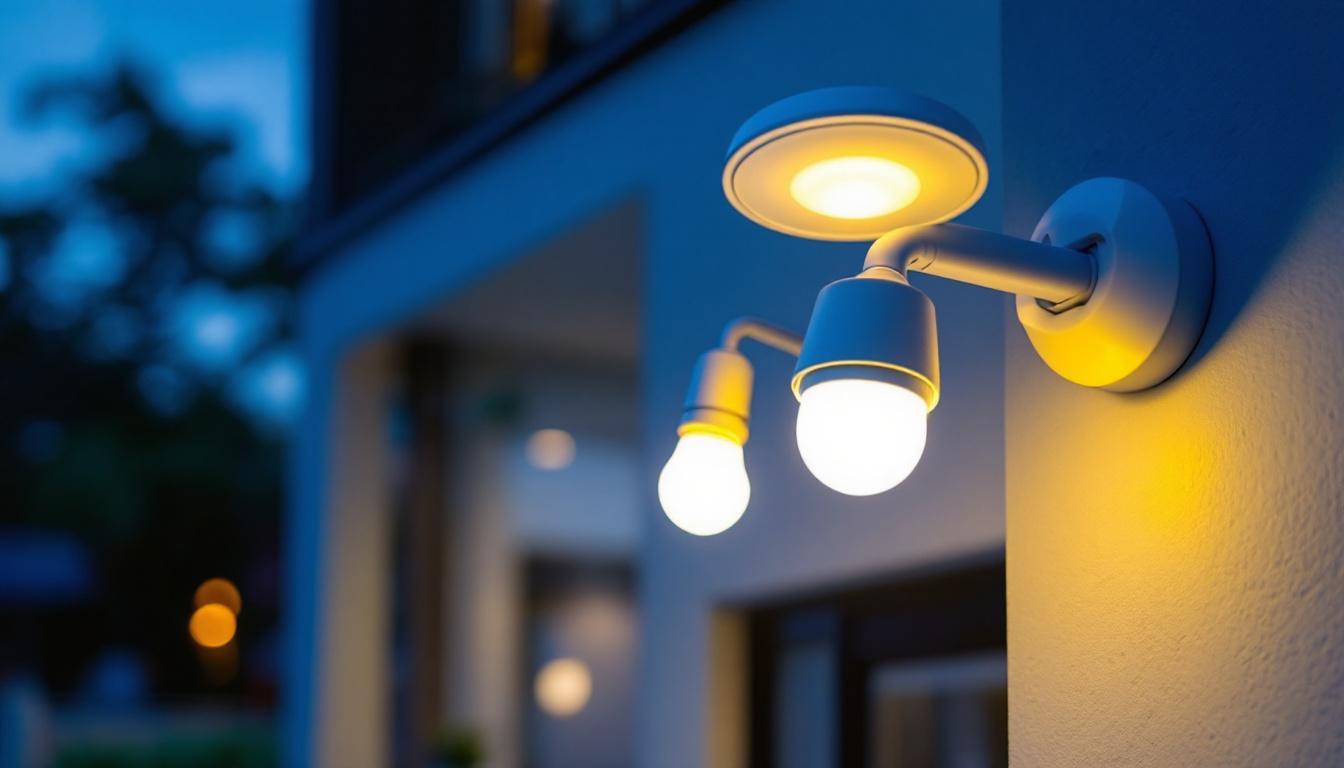
In the ever-evolving world of lighting, security lights have become a crucial component for residential and commercial properties alike. As a lighting contractor, staying informed about the latest trends in light bulbs for security applications is essential to provide clients with the best solutions. This article explores the current trends in light bulbs for security lights, focusing on efficiency, technology, and design.
One of the most significant trends in security lighting is the widespread adoption of LED technology. LEDs are known for their energy efficiency, consuming significantly less power than traditional incandescent or halogen bulbs. This shift not only helps reduce energy costs for property owners but also aligns with the growing emphasis on sustainability in construction and renovation projects.
Moreover, LEDs have a longer lifespan, often lasting up to 25,000 hours or more. This longevity means less frequent replacements, which can be particularly beneficial for security lights that are often installed in hard-to-reach areas. For contractors, recommending LED options can enhance client satisfaction through reduced maintenance and operational costs. Additionally, the reduced energy consumption of LEDs contributes to a lower carbon footprint, making them an environmentally friendly choice that resonates with eco-conscious consumers. As municipalities and organizations increasingly prioritize green building practices, the adoption of LED technology can also help meet regulatory requirements and sustainability certifications.
Another trend gaining traction is the integration of smart technology into security lighting systems. Smart bulbs can be controlled remotely via smartphones or smart home systems, allowing users to adjust brightness, set schedules, and even receive alerts when motion is detected. This level of control enhances security and provides users with peace of mind.
As a contractor, understanding how to install and configure these smart lighting systems is becoming increasingly important. Clients are often looking for advanced features such as motion sensors, dimming capabilities, and compatibility with home automation systems. Offering these solutions not only meets client demands but also positions contractors as knowledgeable professionals in a competitive market. Furthermore, the data collected from smart lighting systems can be invaluable; users can analyze patterns in their lighting usage, which can lead to further energy savings and improved security strategies. The integration of artificial intelligence in these systems is also on the horizon, promising even more sophisticated functionalities such as adaptive lighting that responds to environmental changes or occupancy levels, thus enhancing both safety and energy efficiency. This evolution in smart technology not only elevates the user experience but also opens up new avenues for contractors to provide innovative solutions that meet the ever-evolving needs of their clients.
When it comes to security lighting, brightness is a critical factor. The effectiveness of a security light is largely determined by its lumen output. As a contractor, it’s essential to educate clients on the difference between lumens and watts, emphasizing that higher lumens equate to brighter light, which is crucial for deterring potential intruders.
Current trends suggest that many clients prefer security lights that offer adjustable brightness settings. This flexibility allows users to customize the lighting based on their specific needs and the environment. For instance, a brighter setting may be preferable during the night when visibility is paramount, while a softer glow can be used during the day to avoid disturbing neighbors.
Color temperature is another important consideration in security lighting. Measured in Kelvins (K), color temperature affects how the light appears and can influence the perception of safety. Generally, cooler color temperatures (above 4000K) are preferred for security lighting as they provide a bright, daylight-like effect that enhances visibility.
Contractors should be prepared to discuss the benefits of different color temperatures with clients. For example, while some may prefer the warm glow of lower Kelvins for aesthetic reasons, cooler temperatures are often more effective for security purposes. Offering a range of options can help meet diverse client preferences while ensuring optimal safety.
As security lighting becomes more integrated into the overall design of a property, aesthetics are becoming increasingly important. Clients are looking for fixtures that not only serve a functional purpose but also complement the architectural style of their homes or businesses. This trend has led to a rise in modern designs that blend seamlessly with outdoor decor.
Contractors should be aware of the various styles available, from sleek and minimalist designs to more traditional options. Offering customization options, such as different finishes or mounting styles, can help clients achieve the desired look while maintaining security. This approach not only enhances the property’s appearance but also increases client satisfaction.
Another trend in security lighting is the demand for discreet solutions that do not draw attention to themselves. Many clients prefer lights that blend into their surroundings rather than standing out as obvious security measures. This can include fixtures that are designed to look like standard outdoor lighting or those that can be easily concealed.
As a contractor, understanding how to offer discreet security lighting options can set a business apart. Educating clients about the benefits of these solutions, such as reduced chances of vandalism and enhanced aesthetics, can help drive sales and improve client relationships.
With the rise of smart home technology, there is a growing trend toward integrating security lighting with broader security systems. This includes connecting lights to cameras, alarms, and motion sensors, allowing for a comprehensive security solution. As a lighting contractor, being knowledgeable about these integrations can enhance service offerings and client trust.
Clients are increasingly interested in systems that work together to provide a cohesive security experience. For example, lights that automatically turn on when a camera detects motion can help deter intruders and provide additional safety. Understanding the technical aspects of these systems will enable contractors to provide better recommendations and installation services.
Remote monitoring is another feature that clients are looking for in security lighting. Many modern systems allow users to control their lights from anywhere, providing added convenience and peace of mind. This capability is particularly appealing to clients who travel frequently or have second homes.
As a contractor, being able to install and configure these remote systems can set a business apart from competitors. Offering training and support for clients on how to use these features can further enhance customer satisfaction and loyalty.
As lighting technology evolves, so do the safety and compliance standards associated with it. Contractors must stay informed about local regulations regarding outdoor lighting, including energy efficiency standards and safety requirements. This knowledge is crucial for ensuring that installations are compliant and safe for use.
Clients often rely on contractors to guide them through these regulations, making it essential to be well-versed in the latest codes and standards. Providing this expertise not only helps avoid potential legal issues but also enhances the contractor’s reputation as a knowledgeable professional in the field.
In addition to compliance, safety features in lighting design are becoming increasingly important. This includes the use of shatter-resistant materials, weatherproof designs, and features that prevent overheating. Clients are more likely to choose products that prioritize safety, so highlighting these features can be a significant selling point.
Contractors should also consider the placement of security lights to minimize risks. Properly positioning lights to eliminate dark spots around a property can enhance safety and security. Educating clients on the importance of strategic placement can lead to more effective security solutions.
As the demand for sustainable solutions grows, advancements in solar technology for security lights are becoming more prevalent. Solar-powered security lights offer an eco-friendly alternative that reduces reliance on the grid. These lights are particularly appealing for remote areas where electrical access may be limited.
Contractors should keep an eye on developments in solar technology, as improvements in efficiency and battery storage are making these systems more reliable and effective. Offering solar options can attract environmentally conscious clients and expand service offerings.
Looking ahead, the integration of artificial intelligence (AI) into security lighting systems is on the horizon. AI can enhance the functionality of security lights by learning user patterns and adjusting settings accordingly. This technology can also improve security by analyzing data from connected devices to identify unusual activity.
As these advancements become available, contractors will need to adapt and learn how to install and maintain these sophisticated systems. Staying informed about AI developments will ensure that contractors remain competitive in a rapidly changing market.
In conclusion, the landscape of light bulbs for security lights is continuously evolving, driven by advancements in technology, design, and sustainability. As a lighting contractor, staying abreast of these trends is essential for providing clients with the best solutions tailored to their needs. From energy-efficient LEDs to smart technology and aesthetic considerations, understanding these trends can enhance service offerings and client satisfaction.
By embracing these changes and continually educating oneself on new developments, contractors can position themselves as leaders in the industry, ready to meet the demands of an increasingly security-conscious market. The future of security lighting is bright, and those who adapt will thrive in this dynamic environment.
Ready to lead the way in security lighting trends? At LumenWholesale, we provide lighting contractors like you with the highest quality, spec-grade lighting products at unbeatable wholesale prices. Say goodbye to local distributor markups and hello to our extensive selection that meets the most rigorous industry standards. With free shipping on bulk orders, you can stock up on reliable, high-performance lighting for all your projects without any hidden fees. Elevate your service offerings with the perfect blend of quality, affordability, and convenience. Wholesale Lighting at the Best Value is just a click away. Transform your security lighting solutions with LumenWholesale today.
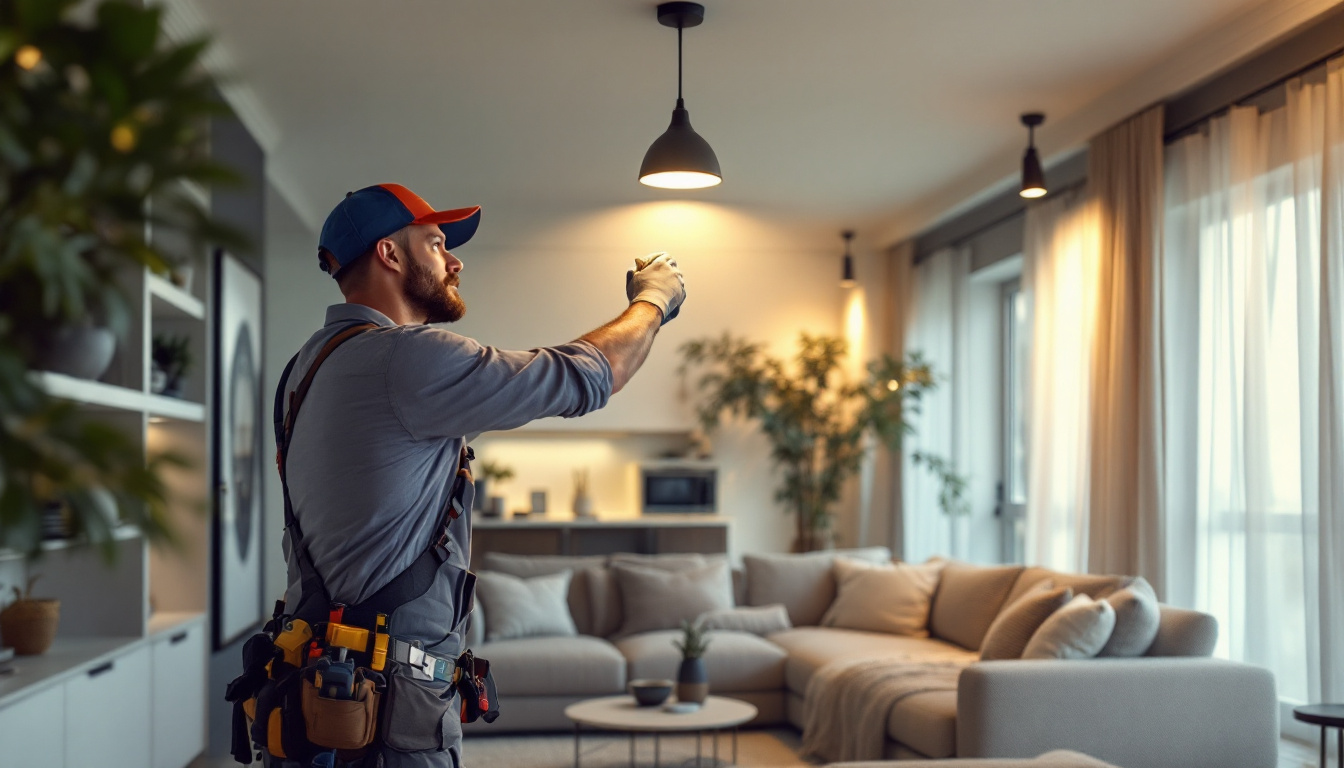
Discover how lighting contractors can enhance their projects with dimmable can lights.
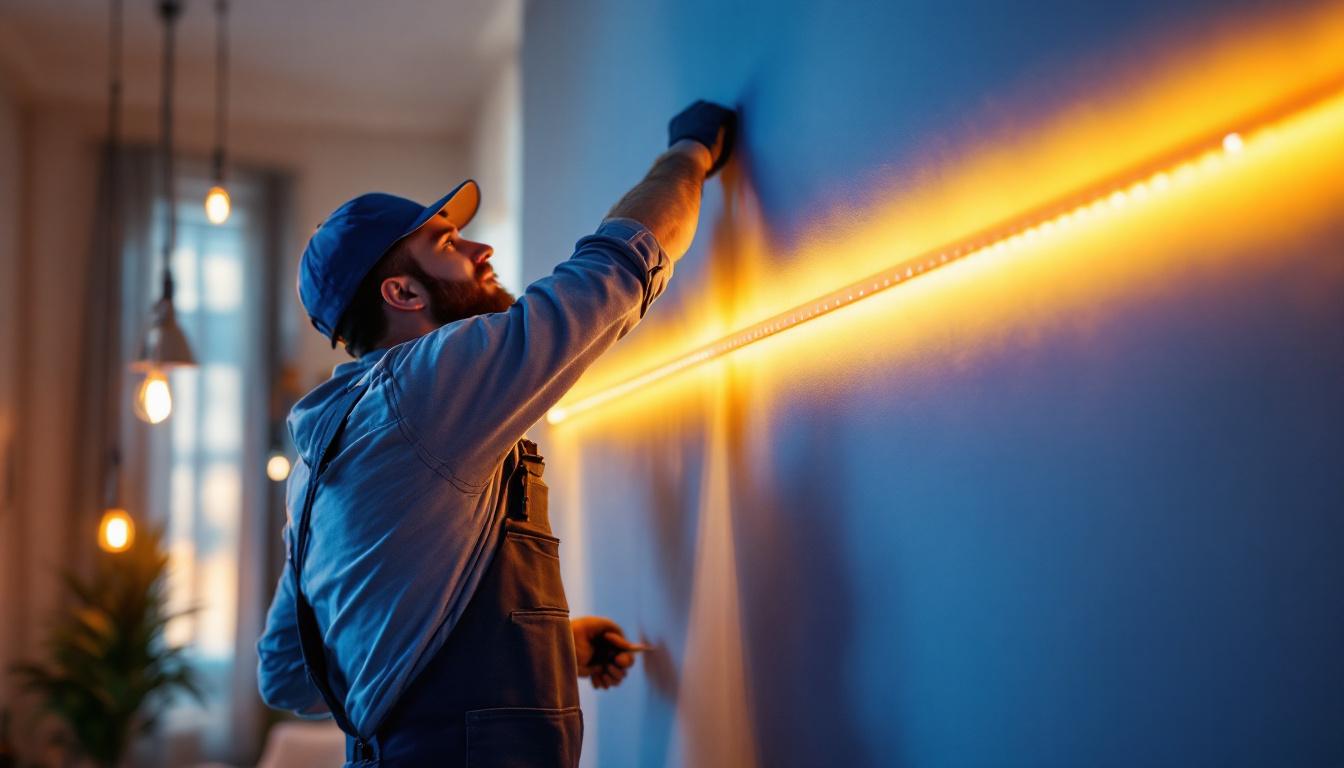
Discover why the 3Ft LED strip light is a game-changer for lighting contractors.
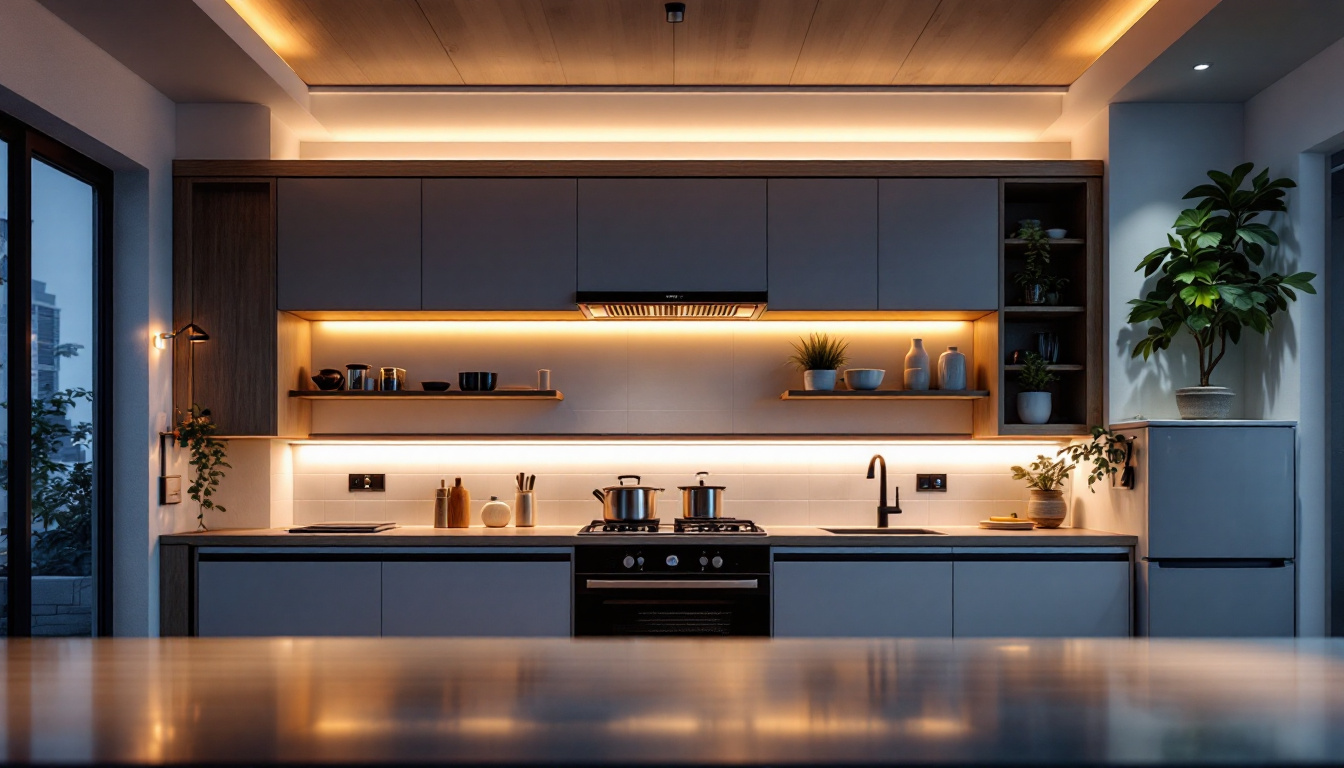
Discover the essential insights lighting contractors need to meet client expectations in the evolving world of strip and LED lights.
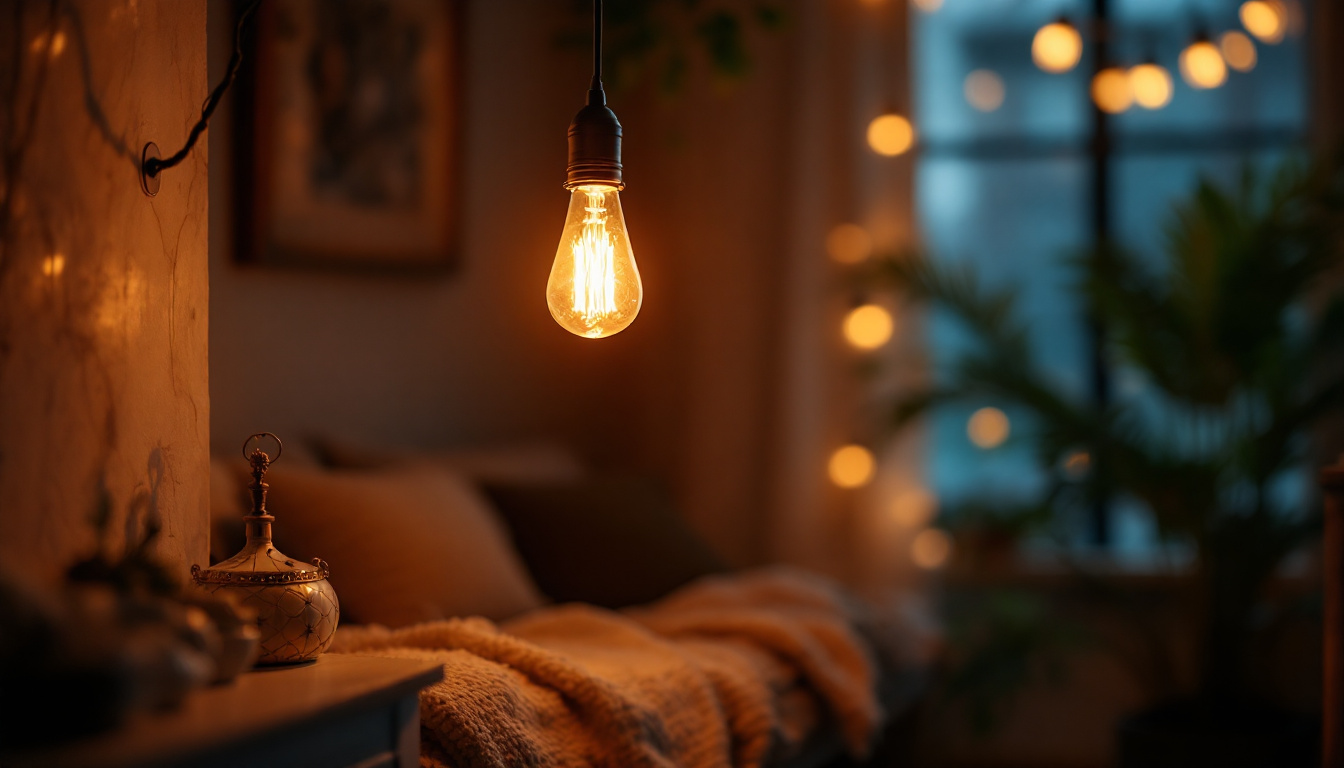
Discover why lighting contractors still swear by incandescent bulbs despite modern alternatives.